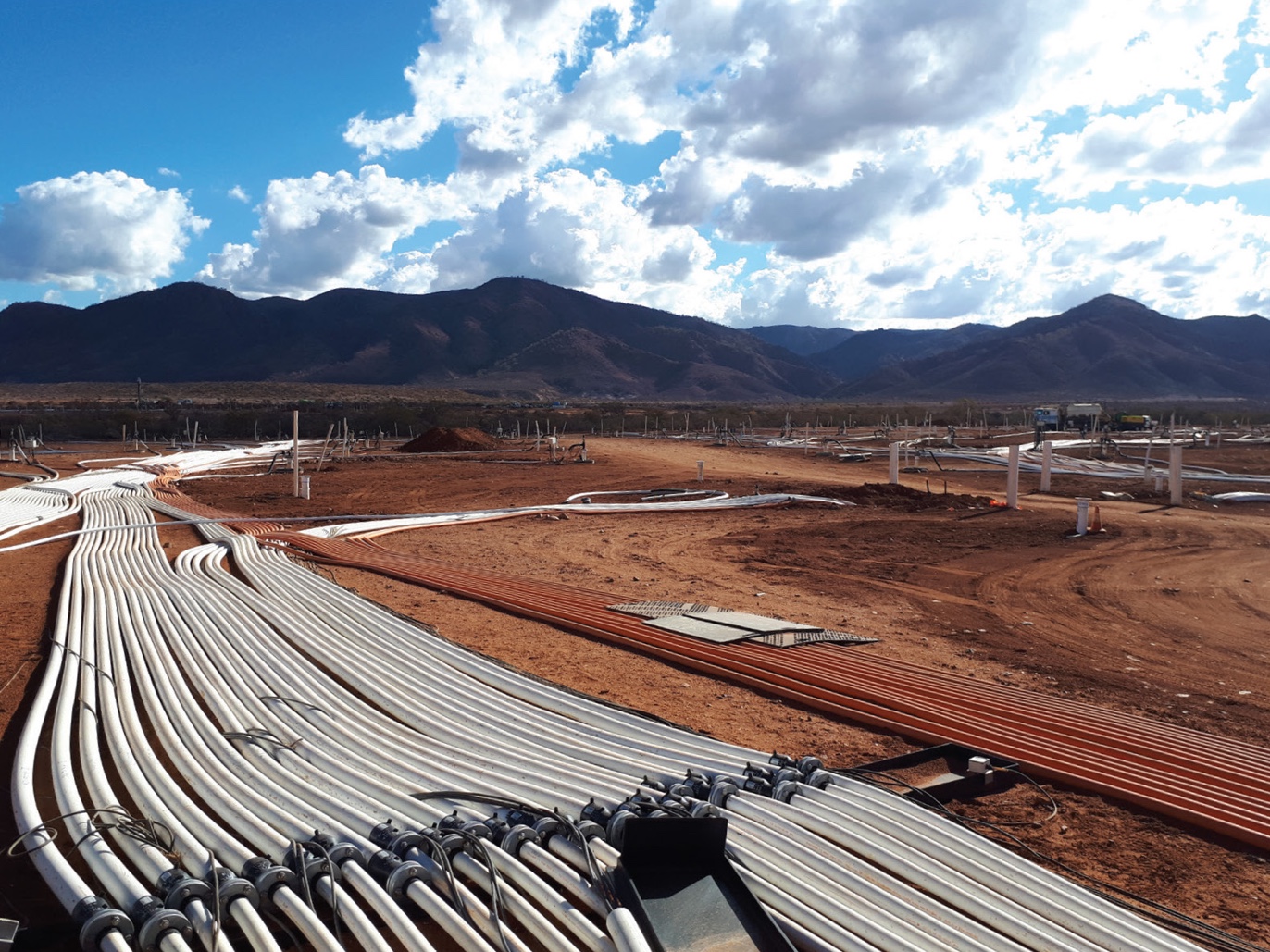Financial Management
The Audit Act 2001 requires ASNO to submit an annual Financial Statement to the Auditor-General. As ASNO is funded as a division of DFAT, this financial statement is published in the DFAT Annual Report. Further details of ASNO activities relating to financial management and performance are also contained in the DFAT Annual Report.
Administrative Budget
| 2017–18 | 2018–19 | ||
|---|---|---|---|
| Salaries | 2 209 755 | 2 683 352 | |
| Running Costs | General | 676 094 | 521 892 |
| Seismic monitoring38 | 566 513 | 564 247 | |
| Sub-Total | 1 242 607 | 1 086 139 | |
| TOTAL | $3 452 362 | $3 769 491 | |
Regulatory Reform
As a portfolio regulator with the Department of Foreign Affairs and Trade, in 2018–19 ASNO completed its fourth year of participation in the Government's Regulator Performance Framework. The Government developed the Framework to measure the performance of regulators in regard to reducing the cost to business. The goal of the program is to measure and report performance that will give business, the community and individuals confidence that regulators effectively and flexibly manage risk.
The Framework consists of six mandatory outcome-based key performance indicators (KPIs) covering the reduction in regulatory burden, communications, risk-based and proportionate approaches, efficient and coordinated monitoring, transparency, and continuous improvement. ASNO has devised a set of seven metrics against the six KPIs outlined in Table 21 below.
| Timely processing of permit applications and approvals. |
| Regulations and permits conditions are reviewed for clarity and suitability. |
| Implement risk informed regulatory program. |
| Establish streamlined compliance and inspection processes. |
| Outreach activities conducted to communicate regulatory requirements to stakeholders and receive feedback. |
| Meetings attended to influence international policy. |
| Engagement with other regulators to explore opportunities for regulatory efficiencies. |
ASNO has continued to collect against our metrics for the processing time for completed permit applications and approvals, as can be seen in Table 22. The timeframe benchmark for approvals corresponds to the number of days required by ASNO to process a permit application and before an activity can occur. These timeframes are required to ensure ASNO is able to meet its onward reporting obligations to the IAEA, OPCW or international counterparts. ASNO encourages permit holders to submit their applications as early as practical, in case any unforeseen complications occur. However, when needed, ASNO works with regulated entities and other federal regulators to expedite matters to facilitate their operations as much as possible, while still ensuring Australia meets its domestic and international obligations.
The diverse nature of the organisations applying for nuclear or chemical permits makes it difficult to compare approval times from one reporting period to the next, as some permit applications will require complex analysis. However, in general, processing times were comparable to the previous year.
| PROCESSING OF PERMITS AND APPROVALS JULY 2018 – JUNE 2019 | |
|---|---|
| Number of nuclear permit applications processed 39 | 31 |
| Average number of calendar days | 20.7 days |
| Per cent of permits issued within 21 days of final application | 84% |
| Number of chemical import permit applications processed 40 | 66 |
| Average number of calendar days | 5.3 days |
| Per cent of import permits issued within 7 days of final application | 80% |
| Number of chemical facility permit applications processed 41 | 2 |
| Average number of calendar days | 3 days |
| Per cent of facility permits issued within 21 days of final application | 100% |
| Number of approved applications to transport UOC internationally | 73 |
| Average number of days | 2.3 |
| Per cent of approvals issued within 7 calendar days of final application | 95% |
Uranium Producers Charge
ASNO is responsible for the Uranium Producers Charge. This charge is payable to Consolidated Revenue on each kilogram of uranium ore concentrate production (set on 1 December 2018 at 13.5502 cents per kilogram).

Beverley and Four Mile uranium mines (Heathgate Resources)
38 Undertaken by Geoscience Australia.
39 Includes granting new permits and permit variations. It does not include three permits that expired (and not renewed) and one permit that was revoked (without prejudice) during the reporting period.
40 Includes new, renewed and varied permits. In the 2017–18, this included 10 new and varied permits and only noted the renewal of about 50 permits.
41 This does not include regulated chemical facilities that do not need a facility permits but are required to notify ASNO of the production of certain chemicals. The OPCW may nominate to inspect such a facility.

